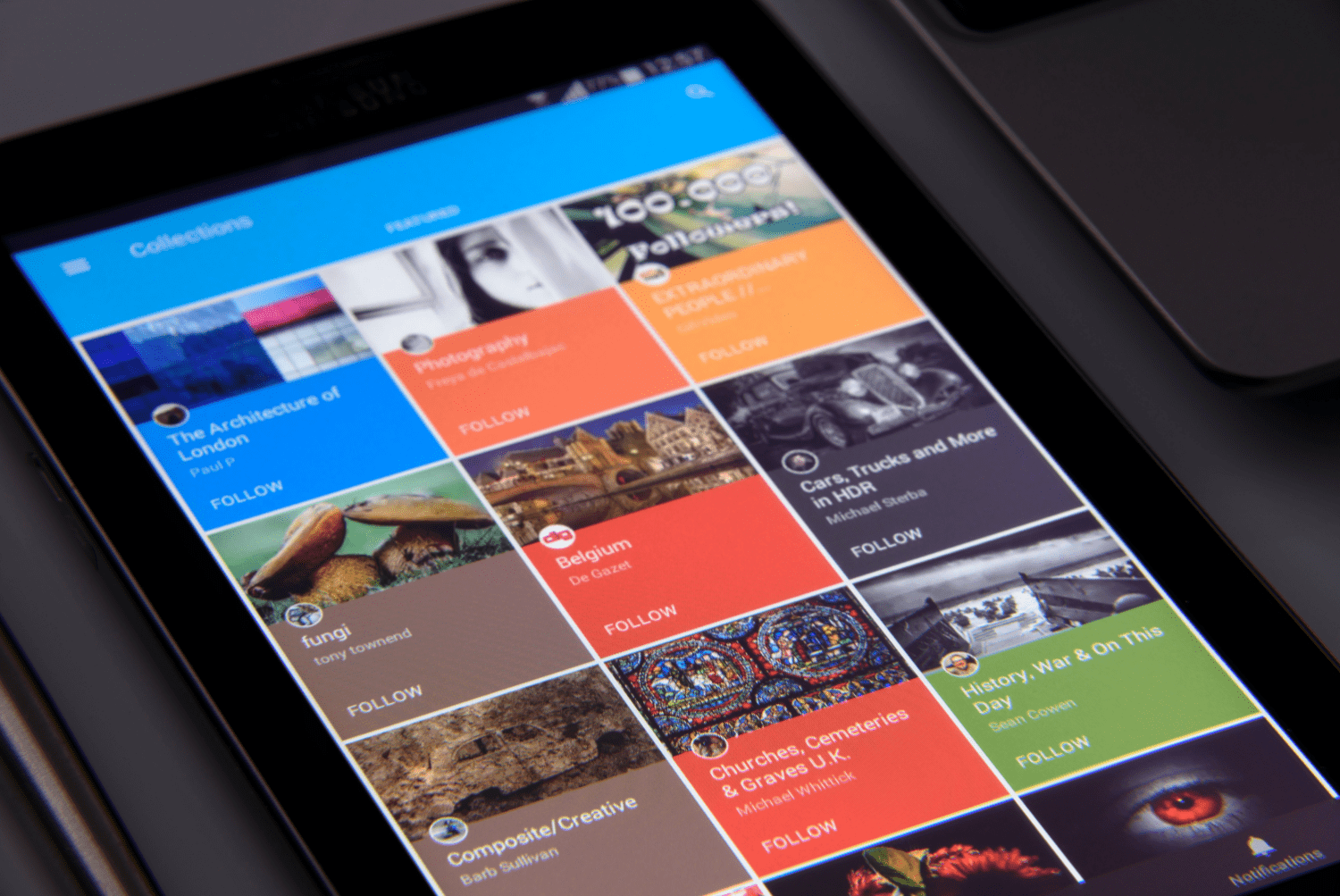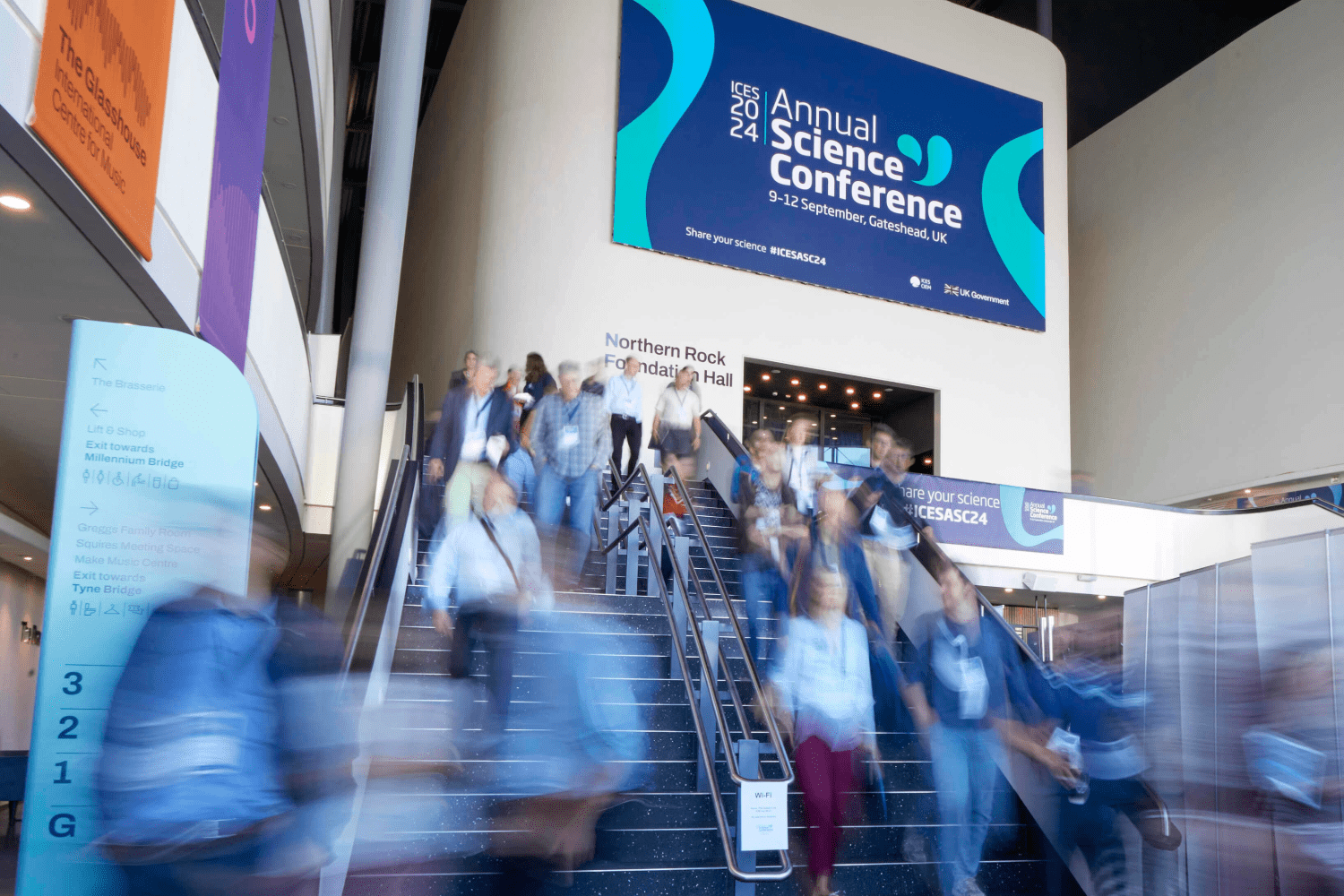 Back to News Room
Back to News Room
News

Creating a successful PR & marketing plan for your event
PR is a vital part of any successful public event marketing strategy. If you don’t approach pr the right way, you will end up wasting time without getting any press coverage.
Here at First Event, we provide a full marketing and design service, which includes creating campaigns to drive ticket sales or event registrations. Our team of in-house event marketing experts and extensive network of trusted suppliers allow us to create bespoke promotional campaigns and plans for our client’s live, virtual or hybrid events.
However, we appreciate that not everyone has the budget to spend on a dedicated team to deliver the promotion of their events. So, we have put together a few top tips from our experts to help kick start your planning and to ensure you to get the most from your event PR.
When to start your event PR
All publications have a lead time, so you have the best chance of success by giving them as much advance notice as possible. Aim for at least one month before your event to target online publications, and at least two months before your event to target print publications. The larger the publication, the more lead time they generally require.
What to add in your press release
The goal of event PR is to generate interest and website visits along with registrations/ticket sales for your event. Make it easy for a press piece to turn readers into attendees by providing journalists with all the key information clearly outlined and concisely phrased.
With so many events, it can be hard to make your event stand out. To grab journalists’ attention, you need to make it clear why the public or your industry will care about your event’s story.
Here are some key questions you should address in your press pitch to ensure you hit all the pressure points necessary to get media interest in your event:
• What is the value of the information to the journalist or editor you are contacting? • Why would their readership be interested in your event? • How does this event fit with the style or focus of their publication?
Creating PR assets
Journalists need to engage their readership. One way to help them is by offering visuals of your event. This can be tricky for virtual events and many will rely on just the events logos, but we advise a gallery of approved press shots from speakers, performers, or high-ranking company members. This benefits you because it makes publications more likely to cover your event, and as we know from social media marketing, pictures can help convert readers into attendees.
Ways to create visual event PR assets:
• Ask your speakers and performers for promotional pictures • Use pictures from previous events • Hire a professional photographer for your event (this will help for future event PR) • Create an infographic summarising data from your event relevant to their audience (E.g. Any feedback and insights your event has gathered or powerful insights or statements related to your event’s topic)
Research
To maximise the ROI of your PR efforts, begin by researching which types of press are most likely to attend and cover your event. Once you have a shortlist of publications to target, identify the sections, writers, and editors who focus on the topics related to your event. Lastly, consolidate their contact information. Organise all of this research into your event media list.
Remember to include relevant/target industry publications, listings, and event calendars in your PR research. Deciding on where to promote your event can take time but it is worth it to find the right audience.
Using your line-up as traction
Once we have sourced great speakers and talent for your event, include them in your press releases to maximise their influence in securing press coverage. You could also use your content and agenda to expand your media list by identifying journalists who have interviewed your presenters or covered your company’s stories previously.
Invite press to your event
Remember to offer complimentary access to your press contacts. Should they attend you have a good chance of event legacy PR, which you can use to promote your next event or promote online post-event assets or recordings.
Hashtagging
Social media is an important part of event promotion. Define an event hashtag, remember to play around with options, and test to see what, if anything, is already tagged under that hashtag before you put it all over your designs. Once you have decided on your hashtag use it consistently.
If you have the resources, you can also build out a social media strategy for your event that will yield long-term results.
Track your results
While it sounds simple, many event organisers fail to secure press coverage because they don’t follow up. Keep track of your outreach in blank columns on the media list you already created. We know it’s time-consuming but it can make all the difference to your event and any future events you want to promote.
Without a professional clippings service, the return on your PR investment is hard to track. However, you can give yourself a break from Googling your company’s name constantly by setting up news alerts with keyword alerts in your browser to tell you when your company, speakers, or event is mentioned in the press.
Should you require professional assistance with your event marketing or PR please contact us today for a completely free no-obligation quote.




